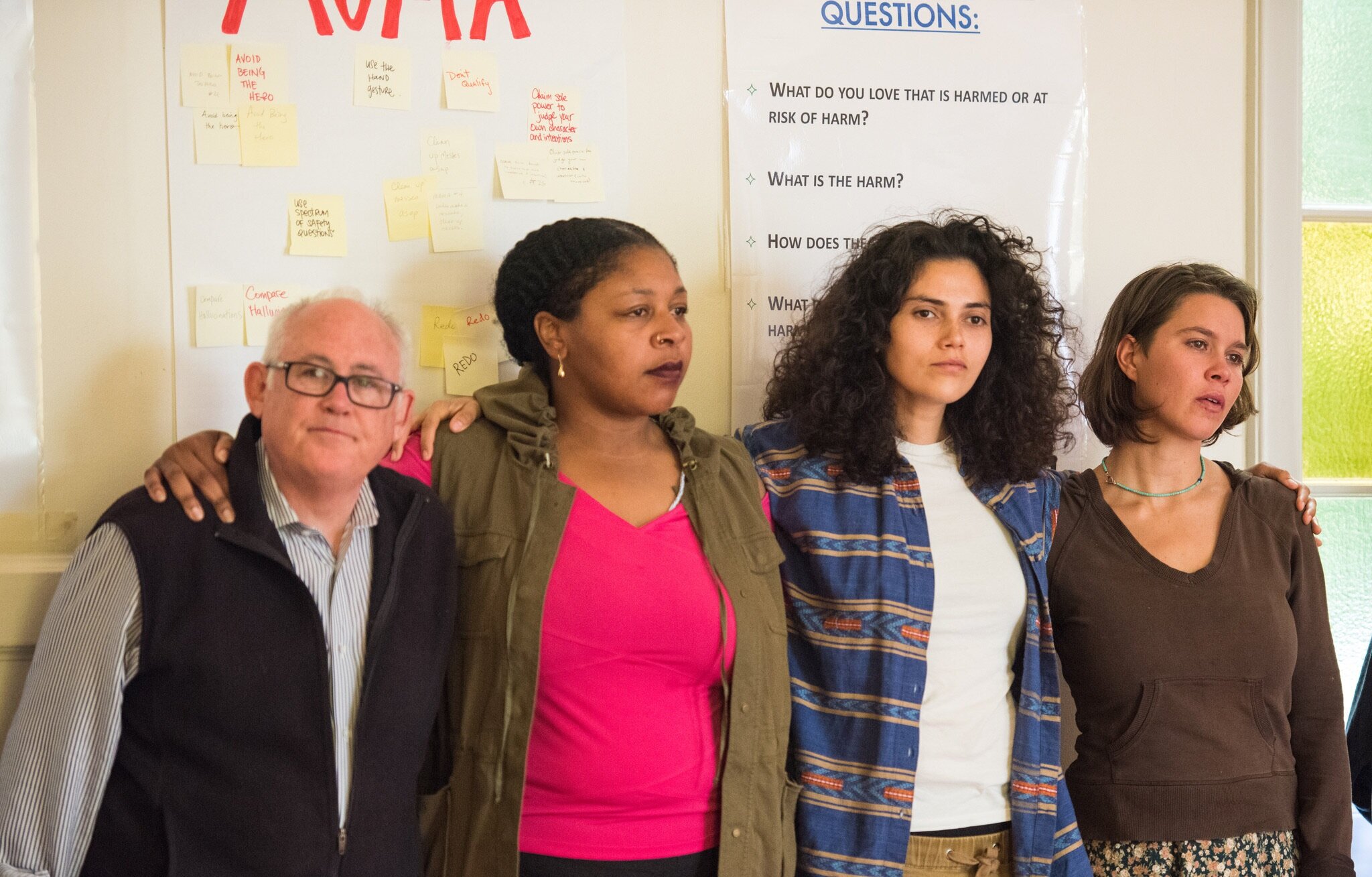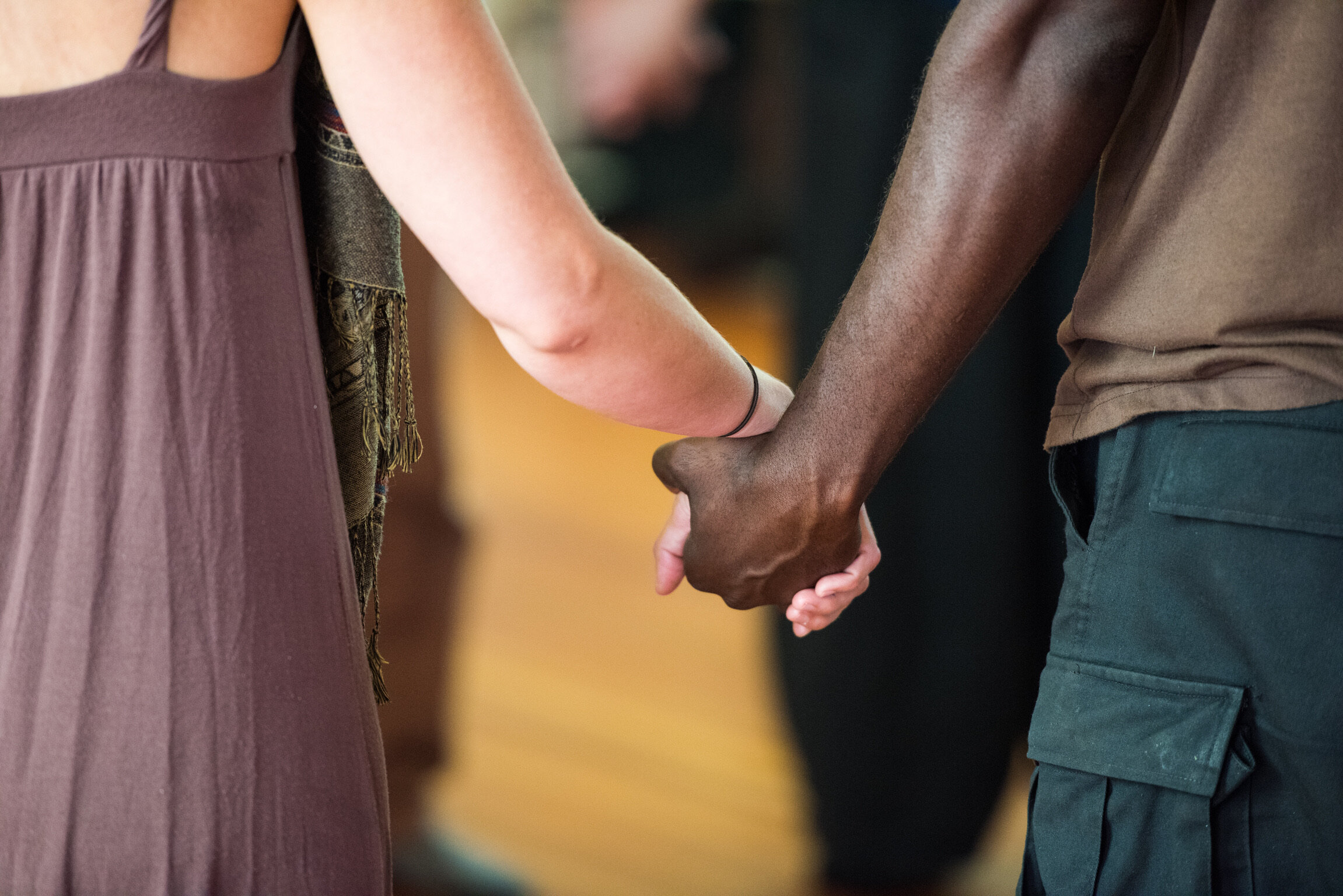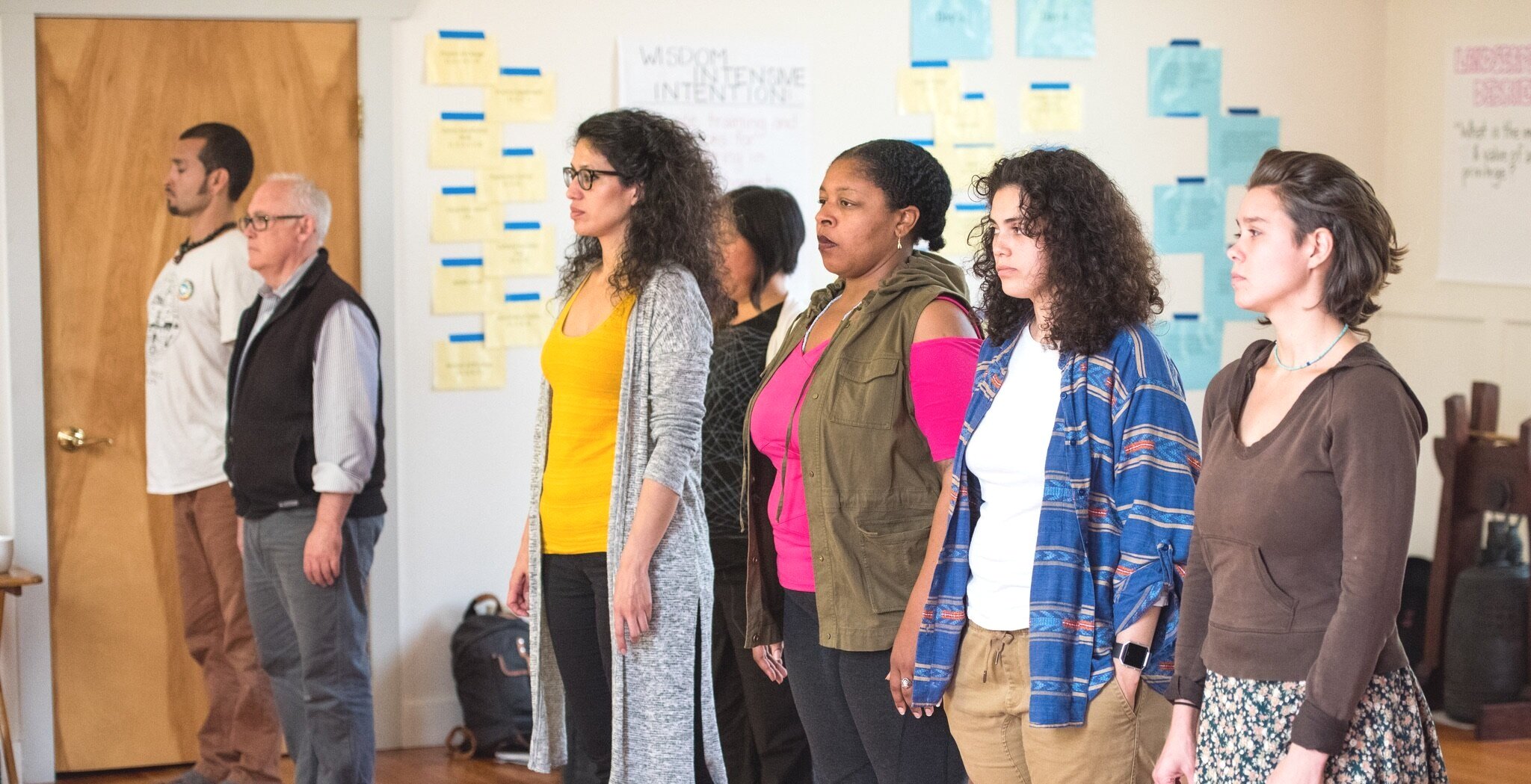
CONFLICT TRANSFORMATION
In these times of rapid change and massive inequity, tensions between our different cultures, needs, and perspectives are colliding. When these tensions are engaged unconsciously, they can become entrenched conflicts that damage the fabric of our relationships and teams, deepen divides, and undermine our efforts to pursue equity and justice for all. When these tensions are engaged consciously, they become ripe opportunities for strengthening relationships, healing historical harms, building trust and resilience, and developing leadership competency.
Like all FA services, our approach to conflict transformation is informed by the FA Practice of Change, rooted in Transformative Justice, and accounts for dynamics of power. It is designed to support participants in developing the shared skills and practices necessary to leverage tensions as opportunities for trust building, resilience and change.
Our Guiding Assumptions About Conflict

WHAT THE PROCESS LOOKS LIKE
The process begins with representatives of all parties completing an intake survey, followed by a meeting with the Conflict Transformation Steward (CTS) to determine:
What is it that they love that is being harmed or at risk of harm? How is that harm impacting their lives? What is needed to protect what they love from further harm?
How divergent are the perspectives informing the conflict and it’s resolution? Can they be bridged? Where do the places of natural alignment exist?
Who else is impacted by and/or impacting the conflict, and the appropriate level of inclusion or accountability to/from them in the process; and
The most appropriate structure for bringing the parties together for a facilitated exchange.
If the steward believes a successful outcome will result from bringing the parties together, they will schedule and facilitate an in-person convening with all parties.
If the CTS does not believe a successful outcome will result, they will offer to do a second and/or third round of meetings with the individual parties. After that, if the steward still doesn’t believe a successful outcome will result from bringing the parties together, they will make suggestions for how to proceed in the absence of convening the parties.

